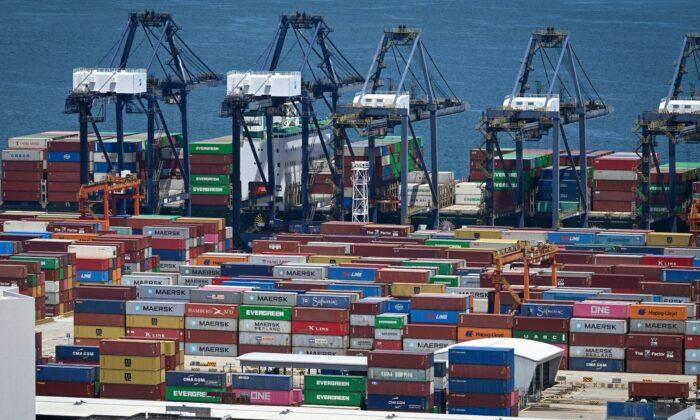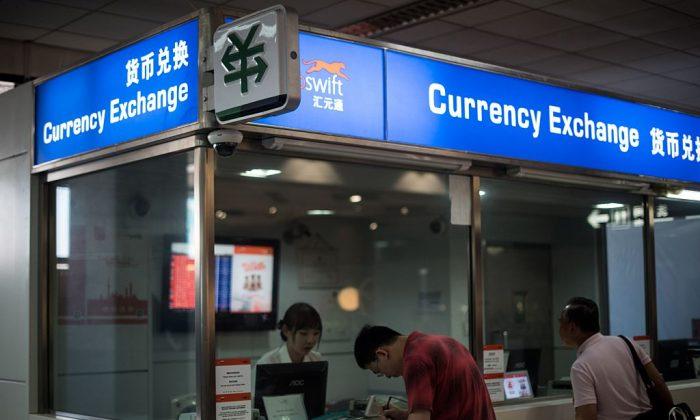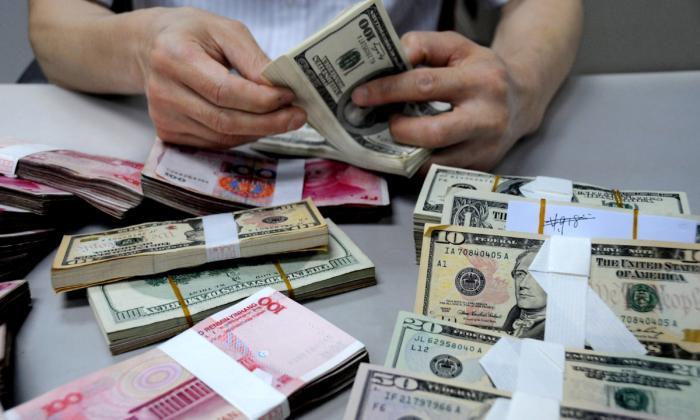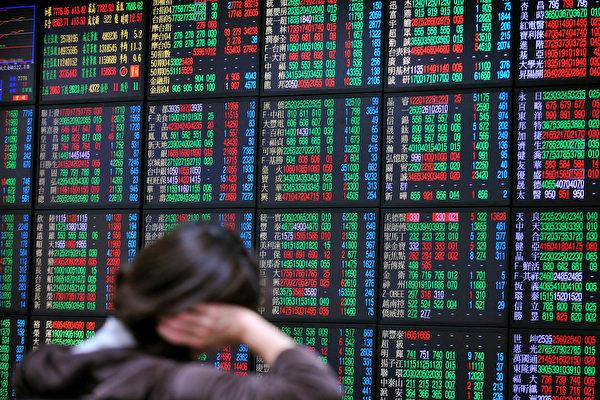The index dropped 1.7 percentage points in October and November, while December’s decline expanded by 0.8 percentage points to 2.5 percent, illustrating a grim outlook for the country’s manufacturing industry.
The manufacturing PMI measures the prosperity level of the manufacturing sector based on business and production activities.
The country’s manufacturing PMI had also dropped below the threshold of 50.0 percent for three consecutive months. The 50.0 percent threshold is a breakeven point of the index, representing no changes in the market conditions.
October’s PMI was 49.2, November’s was 48.0, and the most recent December’s was 47.0, indicating a worsening outlook for the country’s manufacturing sector.
According to the report, the five subindices that constitute the manufacturing PMI for December were all lower than the threshold. The subindices include the production index, new order index, raw material inventory index, employment index, and supply delivery time index.
And except for the raw material inventory index, which rebounded by 0.4 percentage points from the previous month, all other subindices fell.
“In November last year, China’s export decline expanded greater than market expectations. Its export value denominated in U.S. dollars fell by 10.6 percent year-over-year. Meanwhile, Chinese exports to the United States fell 24.1 percent year-on-year, marking an expanding year-on-year decline for the fourth consecutive month,” Li Songyun, an economist and China expert, told The Epoch Times on Jan. 6.
‘Dire Situation’ for China’s Manufacturing Industry
“However, Beijing failed to mention the fact that Washington is also pushing for manufacturing to move back to the United States at an unprecedented rate,” Li said, adding that this represents an even more “dire situation” for China’s declining manufacturing industry.The survey also found that “79 percent of executives who have manufacturing operations in China have either already moved part of their operations to the United States or plan to do so in the next three years, while another 15 percent are evaluating similar moves.”
The report said that the fourth quarter of 2022 also appeared “strong,” which could bring more than 350,000 jobs back to the United States in 2022. It added that the 2022 projection of jobs brought back to the U.S. is expected to be a 40 percent improvement over 2021’s total of 255,000.
“It also indicates that U.S. headquartered companies are understanding the benefits to localized production that many foreign companies have understood for decades,” the organization stated.
It’s not just American companies that are leaving China and moving back to the United States, Li said.
“Beijing’s zero-COVID policy, the intensifying U.S.-China competition, and rising geopolitical risks have accelerated the withdrawal of other foreign companies from China,” he added.
“Although the Chinese regime suddenly gave up on its zero-COVID policy in December in the hopes of restoring its economy quickly by letting its people build up natural immunity, it appears very difficult to achieve. China is not only weak in consumption and investment, but its exports are also declining at an accelerated rate. Overall, its economic outlook is bleak.”







Friends Read Free